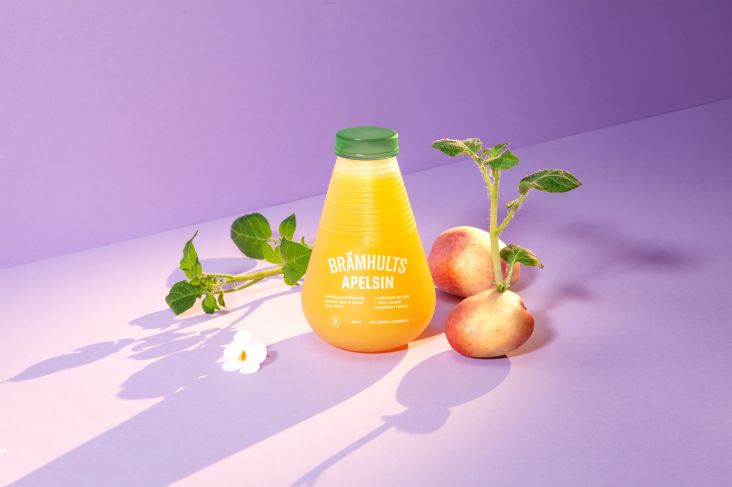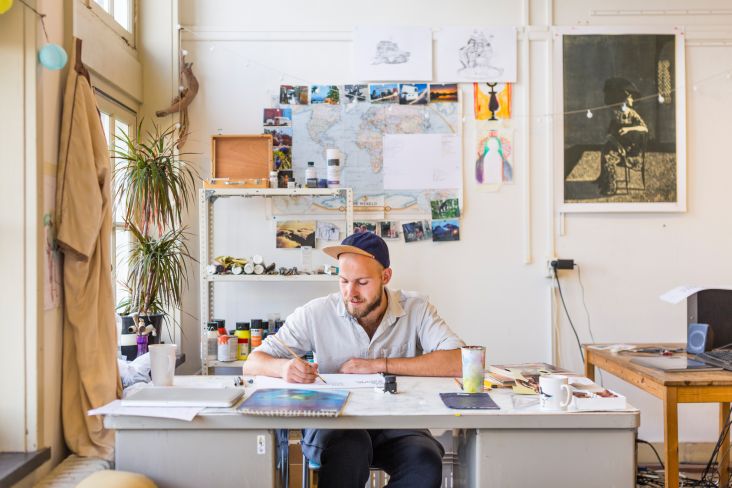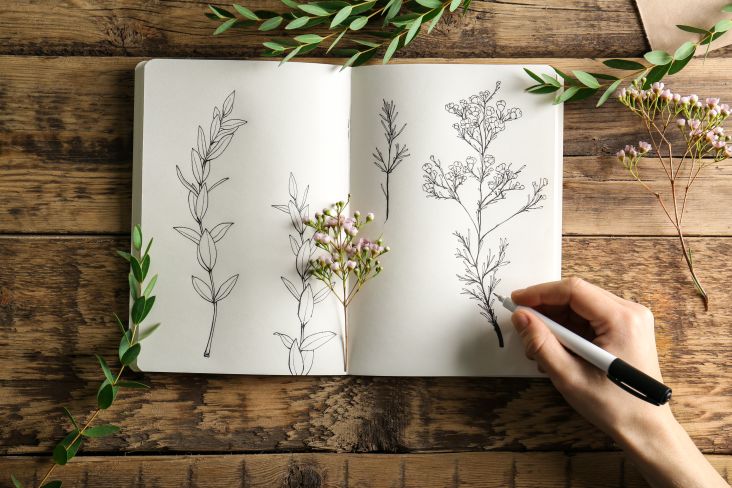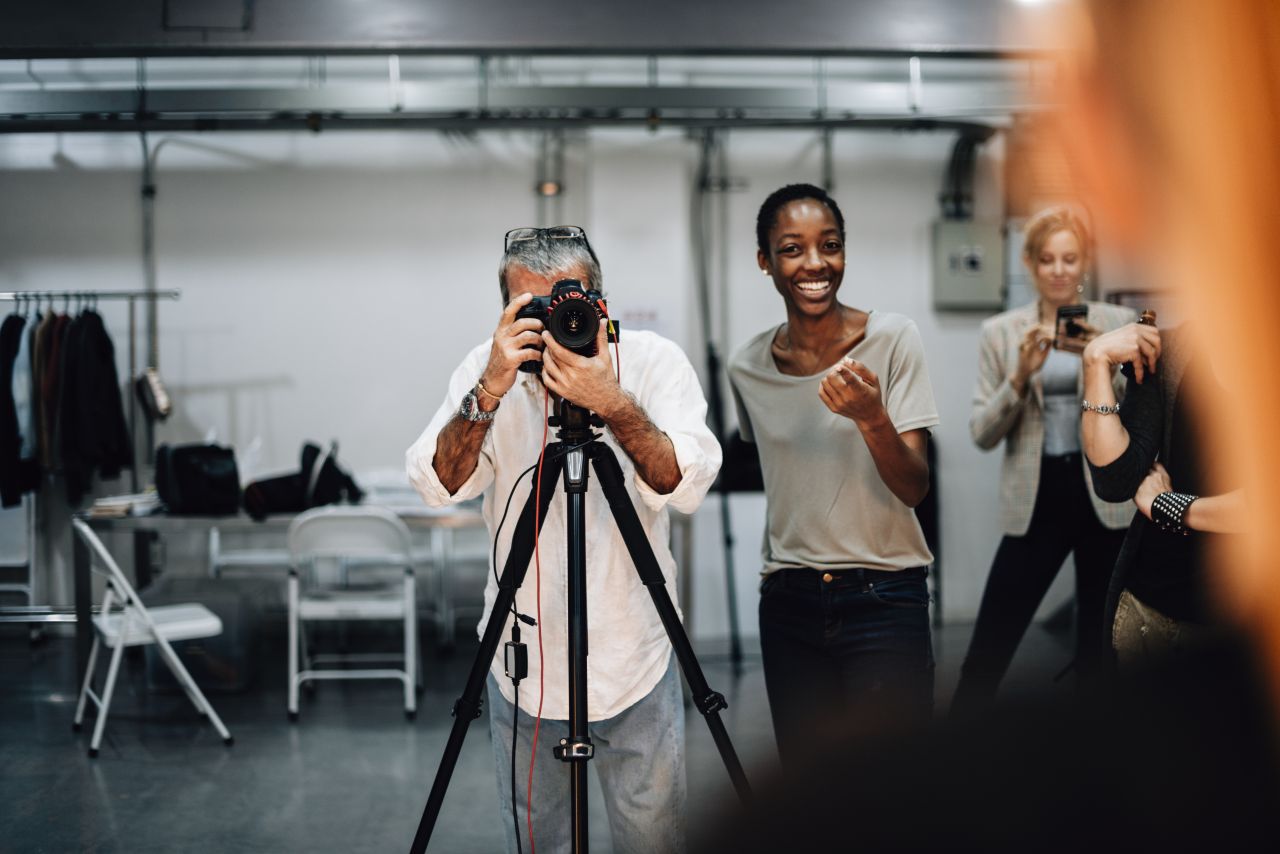
Image licensed via Adobe Stock
Are you feeling uninspired, burnt out, or just plain tired of your creative work? It happens to us all, but most of us don't really talk about it. And that creates a vicious circle, where you assume you're the outlier. This makes you wonder if you're lacking in some way or even cut out for a creative career at all.
So we'll start. If you feel you've lost your passion for your creative work, you're NOT alone. Everyone faces this at some point, even the world's most famous designers and artists (we've interviewed most of them, so we know, even if we were told off the record).
And that's not really surprising. Any career, whether creative or not, can become a churn, whether it's due to our own actions or things outside of our control. It's usually a combination of both. But with that established, what can you actually do about it?
The good news is that it is possible to reignite the spark and fall back in love with your craft. In this article, we'll explore some practical tips and strategies for rediscovering your passion and reigniting your creativity. Whatever type of creative you are, these ideas can help you get back on track and find joy in your work once again.
All these suggestions come from the Creative Boom community, and there are plenty more where they came from: you can access the full thread here.
1. Try something new
Ask a creative about a time they needed to get their mojo back, and you'll hear the same advice coming back, time and time again: try something new.
"I've fallen out of love with my work a few times," says Dave Ellis, designer and co-founder at motion design studio Everything's Fine Today. "When that happens, I try and focus on something completely new within the discipline: a new piece of software, new technique, new medium. Anything that feels different."
UX designer Pete Bingham confirms that this really does work. "Trying new ways to express your creativity carves new creative synapses," he explains. "The inspiration returns remarkably quickly, meaning you're ready to start again. The further you can get from your comfort zone, the better. Artist? Try knitting. Writer? Try pottery. You get the idea."
Part of this process is about stepping away from work that has a specific purpose and re-engaging in work that's purely done for fun and creative curiosity. For illustrator and comic artist Diana Nguyễn, it's about: "Trying new mediums with no goals in mind, sometimes taking a step back from even looking at art and living my life, and then one day you feel the flicker in your heart again. It always returns when you stop trying so hard to get it back."
That's exactly what happened to illustrator Tilly. "I lost all love for my work after my mum died," she recalls. "I stopped illustrating and experimented with other creative practices like papier-mâché and painting. This helped me find my way back to holding the pencil confidently. Now, I love illustrating again, and my work is so much stronger because of it."
2. Do a daily/weekly/monthly project
Learning a new discipline is one way to reboot your creativity, but it's not the only one. Another is to keep doing what you always do but do it differently. Collective projects, which are often shared on social media for fun, are a great way to approach this, as comic artist Sam Hardacre discovered last year.
"I had a bit of a creative crisis where I just didn't draw anything for a month or so," he recalls. "I was focused on making comics, and it just wasn't working for me. Taking part in Inktober – a daily creative exercise totally removed from what I normally do – really helped me re-connect with just having some fun, whilst getting my brain working to come up with an idea each day. I started day one with random shapes; then, I picked one each day to turn into a pumpkin. You can see the start and end result here."
You don't, of course, have to do a project to reframe the way you create, as graphic designer and illustrator Iancu recently discovered. "After over a year spent on a project, I realised I was unhappy with my work and anxious about reaching 'the end'," he explains. "Then, two months ago, I decided to focus on quantity instead of quality: just do x amount (lots) every day and forget the goal. Soon I was enjoying it again, and the quality was much better."
3. Take a break
When your laptop stops working, the first thing you try is "Switch it off and switch it on again." And the same applies to your creativity: taking a break is often necessary to get all systems running again.
For illustrator Ananya, this is simply common sense. "I find my passion for work goes when I'm overworked," she explains. "It's my brain telling me I need a break, and so that's what I do: I take a break from work and sometimes from drawing altogether. In that period, I'll focus on things that energise, nourish and sustain me."
When Tom Smith finds himself falling out of love with his work, he'll take a similar approach: "I'll just take a break ENTIRELY from anything design and development-based for a couple of weeks," he says. "Then, I'll gradually introduce related media that I find inspiring; books, blogs etc. This always works to re-kindle my spark."
How long you need to break can vary enormously. "Last year I burnt out and felt very disconnected from creating: I wanted to quit," recalls illustrator, writer and artist Marloes De Vries. "So I disconnected myself physically by moving abroad for three months. Being away from home and my usual routine forced me to develop new ways of looking at simple things, like groceries. It recharged me."
Content writer Masooma tells a similar story. "Taking long breaks and doing something completely different from my routine and outside of work has helped me tons," she says. "I did this recently and in August. Both times I travelled – one time for pleasure and a second time to meet the family. I came back refreshed and in love with my work."
At the opposite end of the scale, the shortest of breaks can still be rejuvenating, especially if you get away from your desk. "Movement is a huge self-preservation tool for me," says Laurel, group creative director of The Sims. "When I feel stuck creatively or by corporate life, I make sure to move my body. Regular gym routines and walking outside help me physically move through whatever is blocking my creativity, joy and growth."
4. Get inspired by other creatives
Another way that a break can help you get your mojo back is when you spend it getting fresh inspiration. And it's often best to step away from your chosen discipline and get creatively inspired by something else. Illustrator Amy Lauren recommends you: "Go see the movie you've been putting off. Go to a gig. Stick on the game you put down weeks ago. Get sucked into them. Look at the concept art, interviews with the director, and soundtracks. Other creatives' passion is infectious, and it'll get you back into the swing of things."
Children's book illustrator and designer Tilia Rand-Bell offers similar advice. "Remember why you started," she says. "Get outside and change the scene. Create things that will never be seen by anyone, have fun and play with new materials. Go to museums, art galleries, buy books; sometimes getting inspiration from social media can hinder your creativity."
Trying new mediums with no goals in mind, or even taking a step back from even looking at art, and then one day you feel the flicker in your heart again. It always returns when you stop trying so hard to get it back.
5. Fake it till you make it
Seeing amazing work by others on social media is often a way to fall out of love with your own work because you're (unfairly) comparing it to the best of the best. But ultimately, that's a self-destructive way of thinking. Better to be realistic and recognise that 99 per cent of us have room for improvement, and that will come in time: no need to rush things.
Illustrator Connor Parker recognises this essential truth and leans into it. "Honestly, for me, it's mostly 'fake it til you make it', being my own hypeman, and telling myself that I do good work until it comes true," he says. "I also read some books and listen to podcasts, such as Creative Pep Talk, to get insight into other illustrators' minds. Knowing you aren't alone helps!"
One trick that can help is reminding yourself how much you've actually improved to date. "I like to look back at my really old work and see how far I've come," says illustrator Vicky Hughes. "This gives me a sense of pride and then excitement to think what the future might hold."
But if you can't get rid of negative feelings around your work, sometimes you just need to accept them and 'power through'. "I always fall out of love with my creative work as soon as it's done," says Hannah Brown. "But I've learned to live with this feeling now. Nine times out of ten, I'll reflect on something from a year ago and think it wasn't so bad. I just accept my overly critical mind and try and ignore it; otherwise, I'd never make anything!"
6. Be open to change
If you've followed all of these tips but still can't reignite your love for your craft, perhaps you need to consider making a bigger change. Niki Groom offers a real-world example. "I fell out of love with designing clothes after a 20-year career and moved to illustration," she explains. "So I think keeping an open mind to change or a side step is good. Change isn't failure."
Siobhan Maher, founder of Authology, a storytelling studio for jewellery brands, had a similar experience. "I think creatives often turn their hobbies into a job, and then you've monetised the thing that was once pure passion," she says. "I side-stepped. I was a jewellery designer. I now write for jewellery brands, and I also took up an entirely different hobby (guitar), which is entirely for fun. I also find talking to other creatives ignites passion again. Creative thinking is infectious, and outside eyes can usually shake you up more than you can yourself!"
Change doesn't have to mean changing discipline, of course. Alternatively, it might mean changing how you work: from employee to freelancer, for example, or vice-versa.
"For me, it was when I started to work for myself that I re-found my love for what I do for a living," recalls Ben Veal, founder of Second Mountain Comms. "Nine-to-five office life doesn't suit everyone, and it certainly didn't suit me."
Ben's top tip for anyone that is finding themselves in a bit of a funk right now is to take some time to jot down what motivates you and, even more importantly, what de-motivates you. "Then try and carve out a way of working that fits your lifestyle and creative spirit."
7. Books and courses can help
When you're learning a new skill, you'll use a book or course to give you a structured learning experience. Well, if you want to fall back in love with creativity, there are books and courses that can help there, too.
"I've committed to Julia Cameron's The Artist's Way this year and actually seeing it through!" says writer and author Becca Caddy. "I've done morning pages before [three pages of longhand, stream of consciousness writing, done first thing in the morning], but I'm doing all the steps this time, and I love it so far. It's really helping."
Craig Lovelidge, a creative consultant for SMEs, in-house agencies and brands, is a fellow fan. "Morning pages is like being your own psychiatrist," he enthuses. "Offloading all your inner junk and baggage onto three sides of A4 each morning is a cracking way of dealing with your mushy thoughts and brain junk." Similarly, for Becca, Morning Pages is "a therapy session, an extended job list, and a journal with some smatterings of fiction ideas each day. I'm sure if I ever read them back, they'd read like a fever dream!"
8. Talk things out
We all know that a problem shared is a problem halved. And falling out of love with our work is a problem like any other. So chatting about it, preferably with fellow creatives who'll 'get it' more, is a slam dunk.
"I can't afford to take time off and don't want to do something else," says graphic designer Tony Clarkson. "So I talk things through with someone whose work I like and/or whose opinion I trust. When some well-known designers tell you they're sometimes in the same boat, it starts to feel temporary."
Often, talking things out makes it easier to recognise what it is exactly that's pulling you down. "When I found myself falling out of love with my work, I looked at what I loved about my job and what I couldn't stand," says Craig Lovelidge. "I then made a conscious decision to say no to the people and work that drained me. I wrote universal gratitude notes and planted them in the soil next to young saplings in the forest. Growth started there and then!"















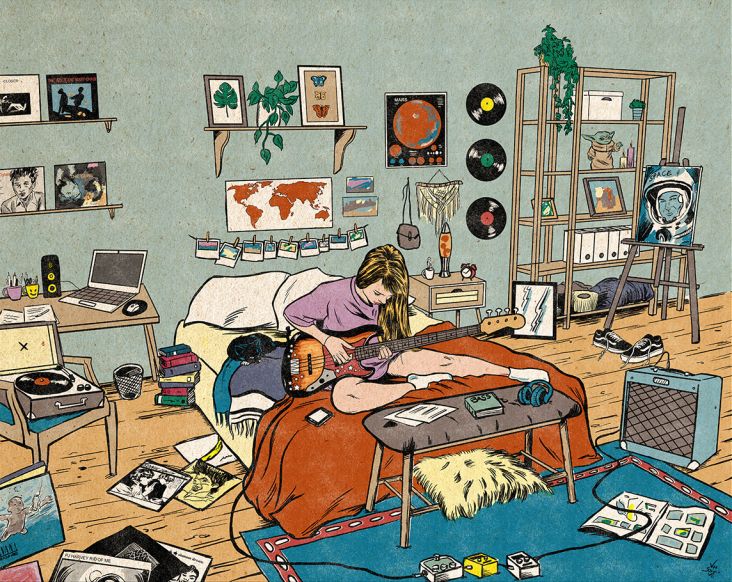

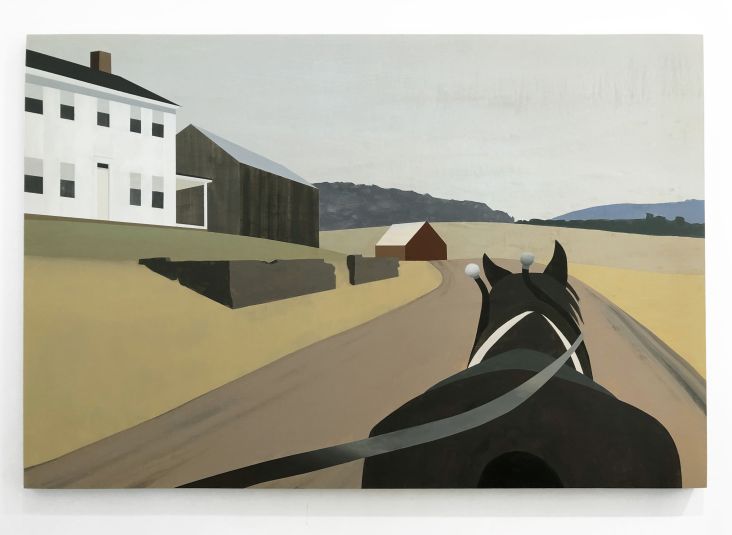
 using GT Pressura](https://www.creativeboom.com/upload/articles/15/15bb446bc7e18a26703746b660313a843ed655e5_732.jpg)
